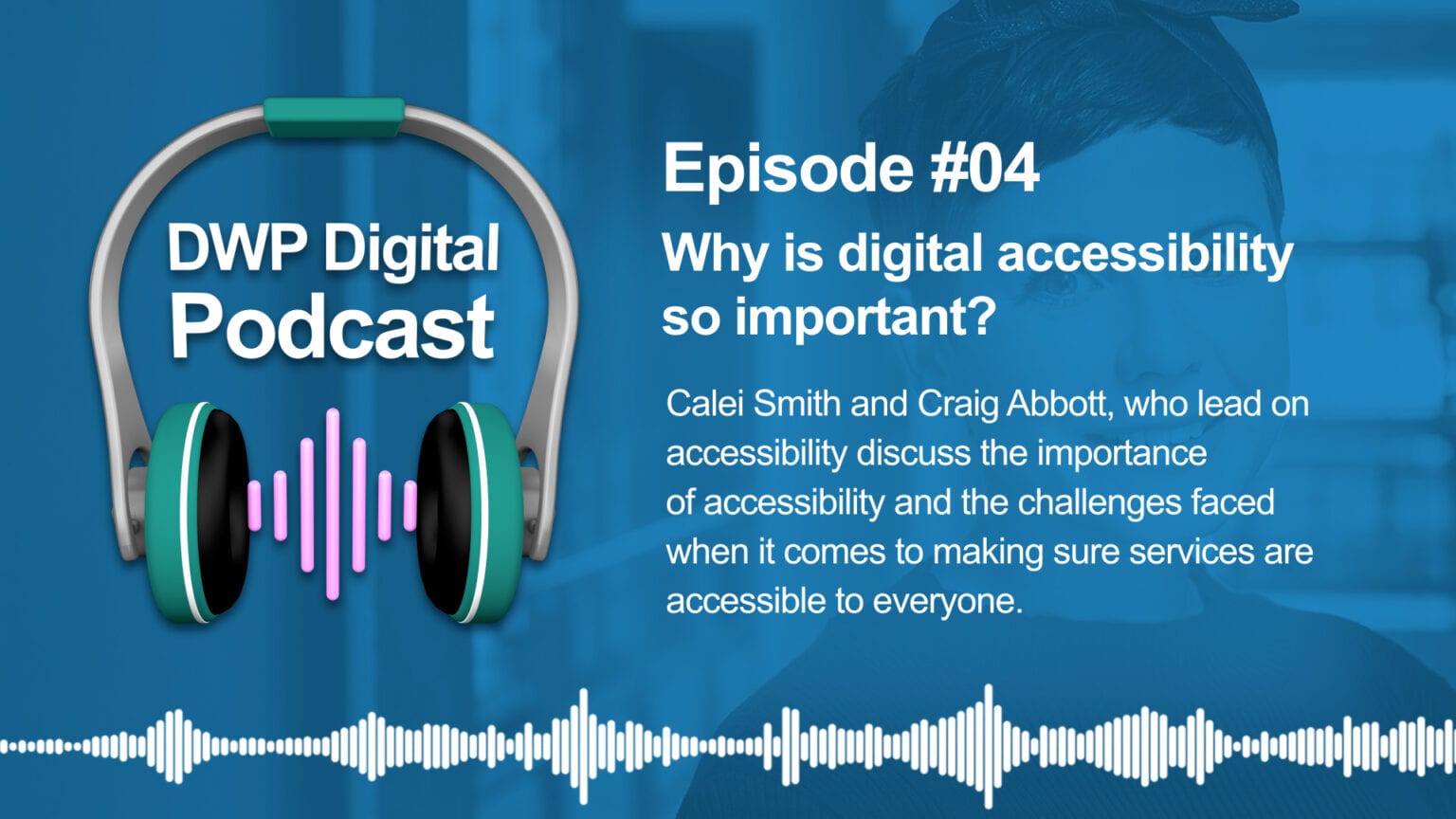
Globally 1 in 5 people have a disability and yet 97.8% of websites are inaccessible which makes accessing websites a problem. In 2023 It’s highly recommended to Include an accessibility statement as part of a business’s accessibility strategy.
What exactly is an accessibility statement? What information do you need to include? How does an accessibility statement impact a business? We’ve written this to help guide you through the process…
What is an accessibility statement?
An accessibility statement is a statement or document that outlines a company’s commitment to making its website, products, and services accessible to people with disabilities.
Why is an accessibility statement important?
Accessibility statements are important for several reasons. Firstly, it is a legal requirement for businesses to make their website and services accessible to people with disabilities in many countries. This is because people with disabilities have the same right to access information and services as people without disabilities.
Additionally, creating an accessible website can greatly benefit businesses by expanding their customer base and increasing the reach of their products and services. This is because people with disabilities make up a significant portion of the population and by making their websites and services accessible, businesses can attract and retain a larger customer base.
What to include in an accessibility statement?
An accessibility statement is an important part of any accessibility strategy. Here are some elements that should be included in an accessibility statement:
- A statement of the website or digital product’s compliance with accessibility standards, such as the Web Content Accessibility Guidelines (WCAG) or the Accessible Rich Internet Applications (ARIA) guidelines.
- A list of any known accessibility issues, including the reason for the issue, and the date when the issue is expected to be resolved.
- Information on how to request accessibility-related assistance, including contact details for the person or team responsible for accessibility.
- Information on how to report accessibility issues, including a contact email or web form for submitting feedback.
Information on assistive technologies that are compatible with the website or digital product, such as screen readers or keyboard navigation. - A statement on how accessibility is tested and validated, including the methods used and the frequency of testing.
- A statement on how accessibility is maintained over time, including the processes in place for monitoring and updating the website or digital product.
- A date of the last update of the statement.
It is important to note that the accessibility statement is not a one-time document and should be updated regularly as the website or digital product evolves, and accessibility issues are addressed.
The business impact of accessibility
Creating an accessible website can also be beneficial for businesses from a search engine optimization (SEO) perspective. This is because search engines like Google take accessibility into account when ranking websites in their search results. Websites that are more accessible are more likely to be ranked higher than those that are not, which can lead to more traffic and ultimately more revenue for the business.
Accessibility statements can also help businesses to identify areas of their website and services that may be difficult for people with disabilities to use. By identifying these issues, businesses can take steps to rectify them and make their website and services more accessible.
Accessibility laws
Website accessibility laws, such as the Online Accessibility Directive (OAD), the Americans with Disabilities Act (ADA), and Section 508 of the Rehabilitation Act, as well as the European Accessibility Act (EAA) in the European Union.
- Businesses are required to make their websites and digital products accessible to individuals with disabilities. This can include adding alternative text to images, providing captions for videos, and designing user interfaces that can be easily navigated with keyboard commands or speech recognition software.
- These changes can have a financial impact on businesses, as they may need to invest in redesigning or retrofitting their websites and digital products to comply with the laws. However, in the long term, making websites and digital products accessible can also increase the customer base, and lead to cost savings by avoiding lawsuits and penalties. Additionally, accessibility can also improve employee productivity and morale.
In summary, accessibility statements are important for businesses to make their website, products, and services accessible to people with disabilities. This not only helps to comply with legal requirements but also expands the customer base, increases the reach of products and services and improves SEO.









